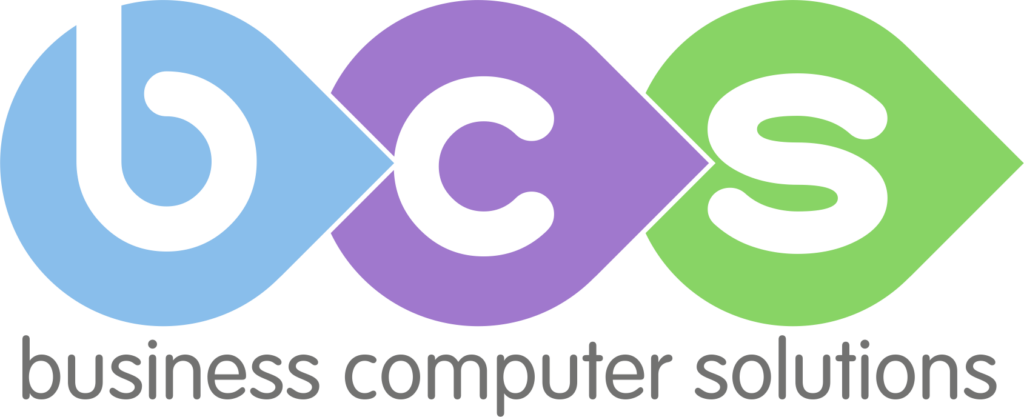The term “digital transformation” isn’t new. It was coined in 2011 and has been rapidly growing in popularity since[1]. But what exactly is digital transformation? At its core, digital transformation is about using technology to fundamentally change how a business operates, interacts with customers, and delivers value. This could involve anything from creating new digital products or services to automating manual processes or transforming your customer experience. The goal is to use technology to drive innovation, improve efficiency, and gain a competitive edge.
And yet, in a world where nearly nine out of ten businesses are embracing digital transformation, the disparity between effort and reward is striking. While 89% of companies have initiatives in place, only 31% are achieving the projected revenue lift[2]. This tells us that the IT solutions we choose play a critical role in digital transformation success. With this in mind, let’s look at 5 digital transformation examples that demonstrate how the right technology can unlock significant business value.
Digital transformation is made possible by a specific and deliberate set of tools that enable businesses to leverage technology to achieve their strategic goals. These tools encompass a wide range of technologies including:
- Cloud Computing: Offers on-demand access to computing resources, enabling scalability, cost-effectiveness, and flexibility. You can pay only for what you use, reducing upfront costs and overhead.
- Internet of Things (IoT): Connects many physical devices to the internet to gather insights and optimize operations. Examples include asset management (tracking IT equipment like laptops), and IoT sensors for tracking the movement of inventory items.
- VoIP (Voice over Internet Protocol): Provides internet-based communication, reducing costs, enhancing flexibility, and offering advanced features.
- Cybersecurity Solutions: Protects sensitive data and systems from cyber threats, ensuring compliance and resilience.
- Backup and Disaster Recovery (BDR): Safeguards critical data and enables rapid recovery from disasters, ensuring business continuity and compliance.
These examples of digital transformation strategy in action showcase how businesses can leverage technology to innovate and thrive in the modern market. Let’s take a look…
Customer-Centric Transformation
Netflix’s personalised customer recommendations offer a prime example of customer-centric digital transformation. Their complex algorithm considers factors like viewing history, ratings, similar tastes, and even time of day, to deliver tailored suggestions that resonate with individual users. A/B testing also plays a crucial role in refining these recommendations. For example, you might find the title card you see is completely different from one your friend sees. This allows Netflix to experiment with different artwork and find the most effective visuals for specific segments, ultimately enhancing user satisfaction and engagement[3][4].
Operational Efficiency
Automation and IoT can significantly boost operational efficiency by reducing time and errors. For example, automated systems can perform repetitive tasks faster and more accurately than humans, eliminating the potential for mistakes.
One company that does this on another level is Amazon. They use robots and IoT sensors to automate warehouse tasks like stocking and packing. And they also leverage the data for real-time inventory tracking. This means Amazon can optimise its supply chain, reduce costs, and ensure faster delivery times[5].
Remote Working and IT Skills Development
According to a study by Mercer, almost 70% of companies plan to work remotely[6]. Remote working can offer many benefits, namely reduced overhead costs, access to a wider talent pool, and improved employee satisfaction.
Zapier is an excellent example here. It’s a 100% distributed company with over 800 employees in over 40 countries. On the technology side of things, they use tools like Slack, Async, Quip, Zoom, and Google Suite to ensure effective communication, collaboration, and productivity in a remote work environment. However, they put just as much focus on how to use these tools appropriately and listening to employees’ wants and needs[7][8].
Technology Integration
Cloud platforms open the doors for much easier and more seamless technology integration, allowing businesses to access applications from anywhere. Moving to the cloud is also more cost-effective, and reliable, and offers more mobility.
Spotify embarked on a successful cloud migration project in 2016, moving from an on-premise data center to a fully cloud-based infrastructure. This transition allowed Spotify to scale its platform more efficiently, reduce costs, and have faster development cycles because it freed up its engineers’ time[9].
Cultural Shifts at Workplace
While digital transformation projects should be planned out with careful attention to detail, that doesn’t mean there’s no room for risk. The most successful companies foster a culture of experimentation where new ideas can come to the surface more easily.
Digital experiments can take many forms, but one example is Booking.com, which has quadrillions of different landing-pages at any given time[10].
Challenges and Considerations in Digital Transformation Strategies
The transition to a digital-first business model often encounters obstacles. Legacy technology barriers, like incompatible hardware or outdated software systems, can hinder the adoption of new tools and processes. Ensuring data privacy and security is paramount, especially as businesses handle sensitive customer information, like financial data or personal details. Similarly, Measuring ROI and success metrics are crucial for tracking progress and justifying investments.
Is your business ready to embrace digital transformation? Let’s assess your current state and develop a tailored strategy to drive innovation and success. Schedule an IT consultation today.
